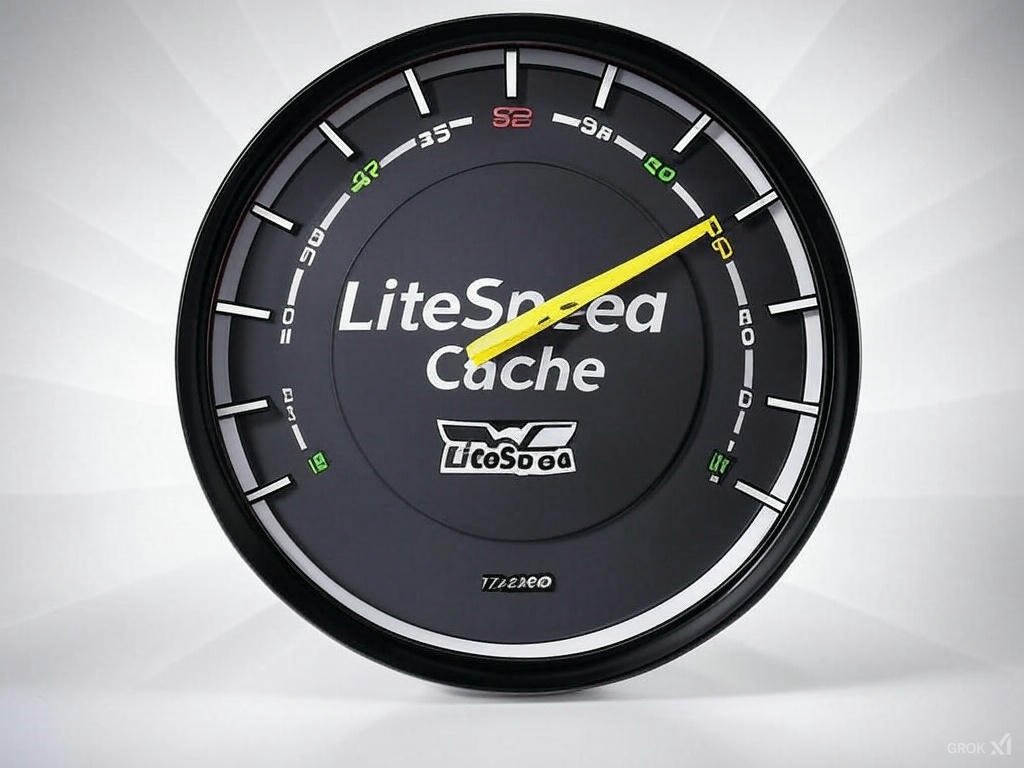Introduction
When it comes to building websites on WordPress, two popular page builders dominate the landscape: Gutenberg and Elementor. Each offers its unique features and benefits, making it essential to understand their differences. This guide will provide a quick comparison of these two tools to help you choose the right one for your needs.
Key Features Comparison
| Feature | Gutenberg | Elementor |
|---|---|---|
| User Interface | Block-based editing | Drag-and-drop interface |
| Themes Compatibility | Built-in WordPress themes | Compatible with most themes |
| Customization Options | Limited styling options | Extensive design controls |
| Pricing | Free | Free + Premium options |
Advantages and Disadvantages
Both Gutenberg and Elementor have their pros and cons:
- Gutenberg:
- Pros: Integrated with WordPress, lightweight, and great for simple edits.
- Cons: Limited features and less flexibility compared to Elementor.
- Elementor:
- Pros: User-friendly, highly customizable, and offers advanced design options.
- Cons: Can slow down your website if not optimized; premium features require a subscription.
In conclusion, the choice between Gutenberg and Elementor largely depends on your specific needs and technical expertise. For users seeking simplicity and integration, Gutenberg is suitable. For those craving robust design and customization, Elementor is the way to go.



